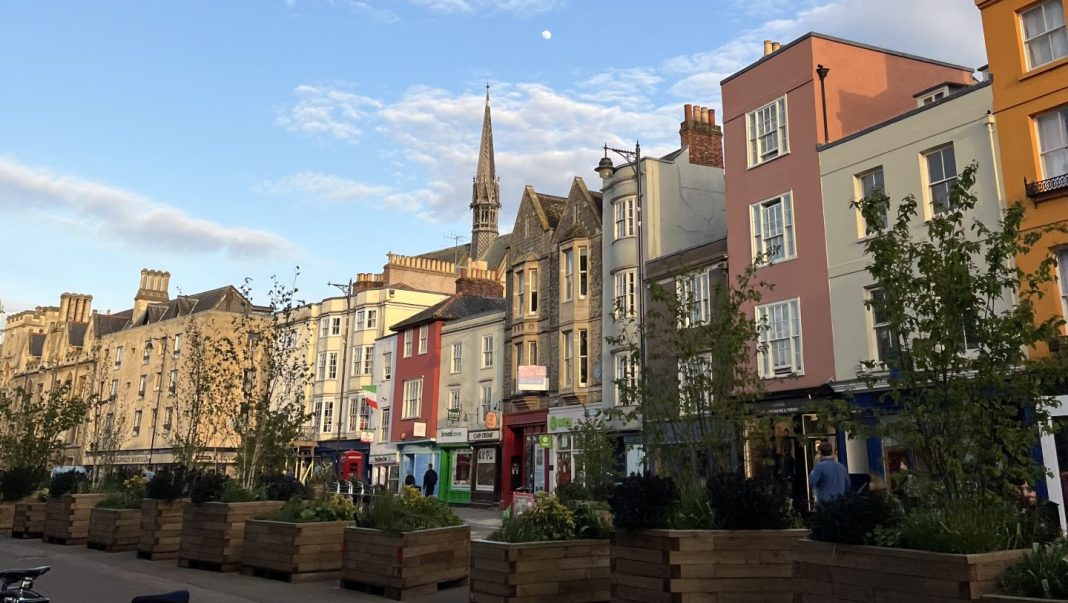To take a stroll down the quaint New College Lane, to bask in the beauty of a summertime stroll along the canal, to ponder (or procrastinate) your upcoming tutorial while promenading down Broad Street is what it means to truly enjoy being here at this university. What is equally quintessential, but far less enjoyable, is the nightmare that brutally tears you out of your daydream – the cyclist.
It was only the other day that I was nearly turned into a road traffic statistic by an overly-keen two-wheeled menace on Turl Street. After having exchanged some choice words with this Evel Knievel wannabe, I strutted off, indignant (and looking rather undignified). However, after having gotten over the loathing I felt at the gall of the cyclist, who had not only nearly hit me but had dared to complain about my simple existence, I gradually turned towards a different conclusion. I realised that delightful interactions such as these are neither the fault of the cyclist nor the pedestrian, rather are the result of a structural issue that Oxford faces as a semi-pedestrianised city.
Oxford is undeniably a city of bikes. Before the current station was built, you would walk out of the building only to be confronted by a sea of bikes chained up. Thankfully this is no longer the case, but given that the number of bikes being ridden across the city has increased with the expanded student population, it seems that this problem is not going to go away. They are without a doubt useful, I will concede, and I myself have even found myself borrowing one of the college bikes and riding it up to the sports ground whenever I have felt the need to terrorise my peers with some truly dire cricket or football.
The issue is not the existence of bikes (nor pedestrians) but rather the fact that many of the roads, especially in the city centre, have become near impossible to navigate because of the lack of clarity over who belongs where. Trying to cross Broad Street has become akin to the Herculean task that Hannibal faced when he crossed the Alps. As previously mentioned, Turl Street is another minefield, along with Cornmarket Street (despite the fact that bikes are supposedly banned there). The issue is that no one space is properly delineated for either form of transport. Queen Street, running along the main entrance to Westgate, is the most egregious offender of this battle for priority. Buses, bikes, pedestrians, horses – anything goes.
While it is a worthy effort to try and cut Oxford’s emissions and make the city a generally more pleasant and less polluted place to walk around, the issue with the current halfway house is that it fails to be one thing or another. By failing to clearly indicate which spaces are to be used by bikes or pedestrians (let alone buses!), Oxford has found itself with several streets that are more a test of endurance and agility than enjoyable places to find oneself walking down. If we want to pedestrianise, then we must pedestrianise properly.


